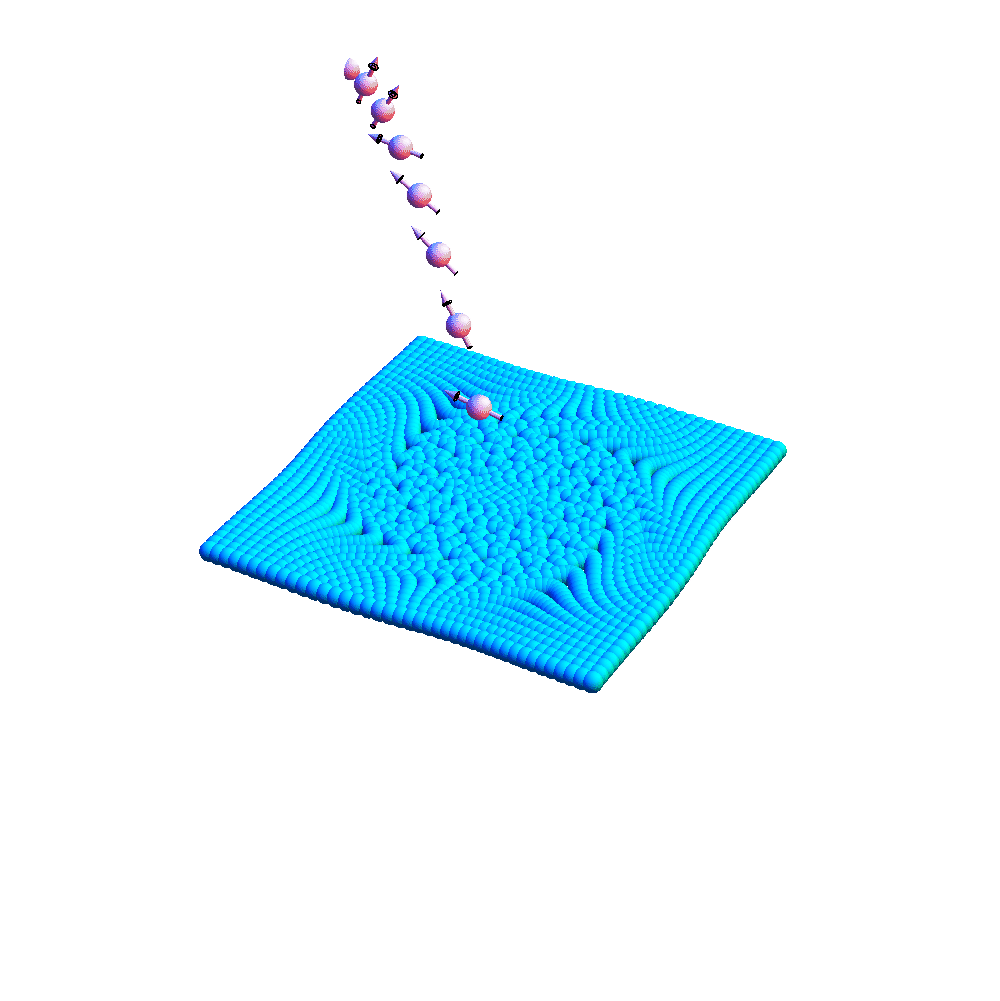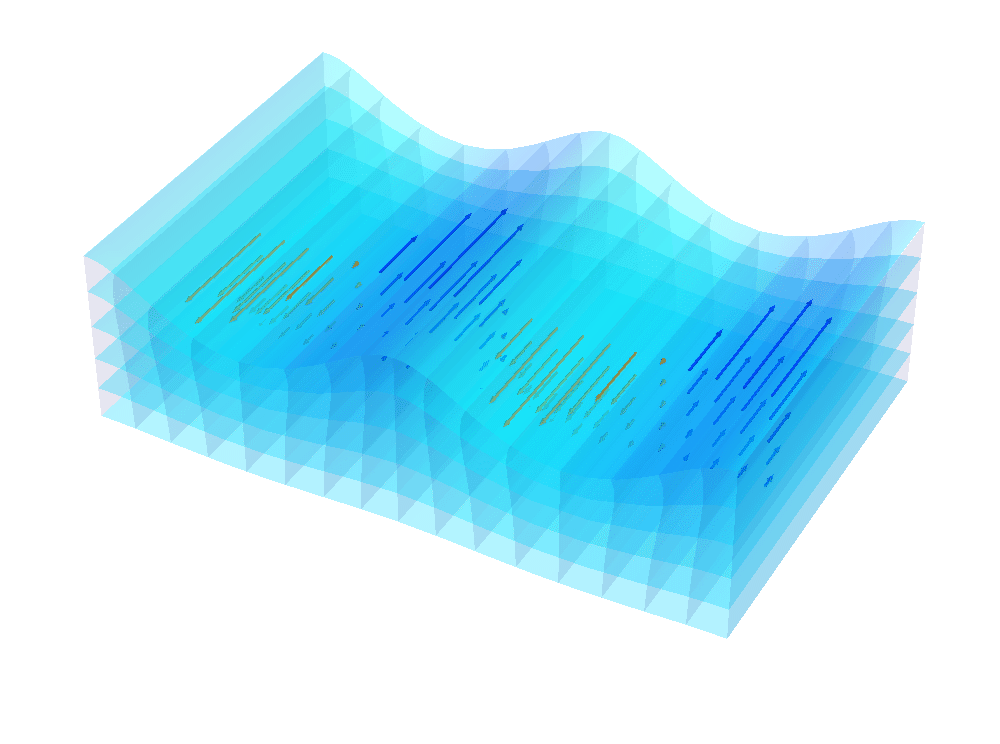ABOUT
I am passionate about spin and rotation in theoretical physics.
After earning my degree through theoretical research on non-equilibrium phenomena in hadronic many-body systems, I am currently studying non-equilibrium phenomena mediated by spin angular momentum in the field of spintronics. (For an overview of my research, please refer to this page.)
Since moving to the field of spintronics, I have primarily focused on theoretical research on spin control and spin current generation using the gyromagnetic effect, which involves the mutual conversion of angular momentum between spin angular momentum and the mechanical rotational motion of macroscopic objects. Some of my theoretical predictions have recently begun to be experimentally demonstrated.
Recent significant achievements in experimental verification include the generation of spin current in liquid metal using fluid vortex motion (R. Takahashi et al., Nature Physics 12, 52 (2016)) and the generation of spin current in copper by injecting Rayleigh waves (D. Kobayashi et al., Phys. Rev. Lett. 119, 077202 (2017)). Conventionally, materials generating spin currents were limited to solids with strong spin-orbit interactions or magnetic materials. The former experiment demonstrated that liquids could also generate spin current, and the latter showed that non-magnetic metals with weak spin-orbit interactions, like copper, could also serve as spin current-generating materials.
Interestingly, a similar phenomenon has been observed in quark-gluon plasma generated by high-energy heavy-ion collisions (The STAR Collaboration, Nature 545, 62 (2017)). This discovery revealed that the gyromagnetic effect manifests universally across vastly different scales, from spintronics (kHz to GHz scale: $10^3$-$10^9$ Hz) to quark-gluon plasma (ZHz scale: $10^{21}$ Hz!).
This unexpected discovery after transitioning from hadron physics to the field of spintronics has led to interdisciplinary collaborative research with the gyromagnetic effect as a key concept.
Apart from my research on spin and rotation, I started playing tennis in 2014 to address my lack of exercise. Watching videos of Federer and Nadal on YouTube was a revelation. They control the spin of tennis balls using macroscopic rotational motion around their core bodies. Realizing that this too involved spin-rotation coupling, I became very excited and began using myself as a test subject to study high-efficiency spin control of tennis balls. This endeavor even led me to co-author a tennis book (Japanese only). The rotation involved here is around a few hundred rpm, equivalent to a few tens of Hz.
CV
- March 2008: Ph.D. in Science (University of Tokyo)
- April 2008 – September 2009: Researcher at the Institute of Particle and Nuclear Studies, KEK
- October 2008 – August 2009: Part-time Lecturer at Nishogakusha University
- October 2009 – March 2010: Researcher at the Institute for Materials Research, Tohoku University
- April 2010 – March 2012: Postdoctoral Researcher at the Yukawa Institute for Theoretical Physics, Kyoto University, and Visiting Researcher at the Advanced Science Research Center, Japan Atomic Energy Agency
- April 2012: Researcher at the Advanced Science Research Center, Japan Atomic Energy Agency
- December 2014: Group Leader of the Nuclear Dynamics Group at the ERATO Spin Quantum Rectification Project
- April 2017 – March 2018: Assistant Professor at the Advanced Institute for Materials Research, Tohoku University
- April 2018: Associate Professor at the Kavli Institute for Theoretical Sciences, University of Chinese Academy of Sciences
Hobbies
- Singing karaoke
- Playing the piano
- Listening to metals and classics
- Watching Sci-Fi Dramas and anime
My favorites
- Vladimir Ashkenazy, Bill Evans, Animals as Leaders
- TNG, VOY, Babylon 5, Farscape, SG-1
- Kaina of the Great Snow Sea, Knights of Sidonia, Forest of Piano, Violet Evergarden

